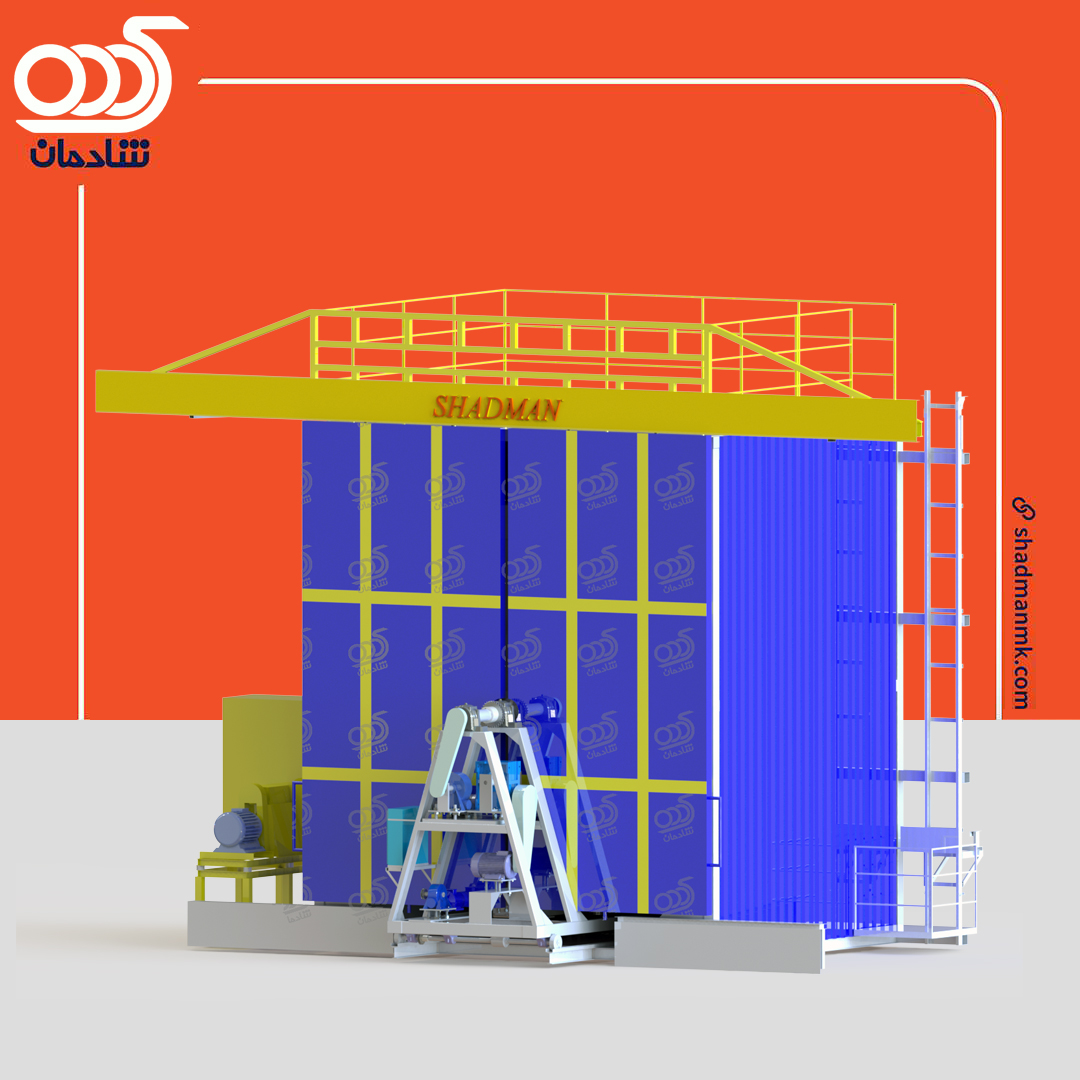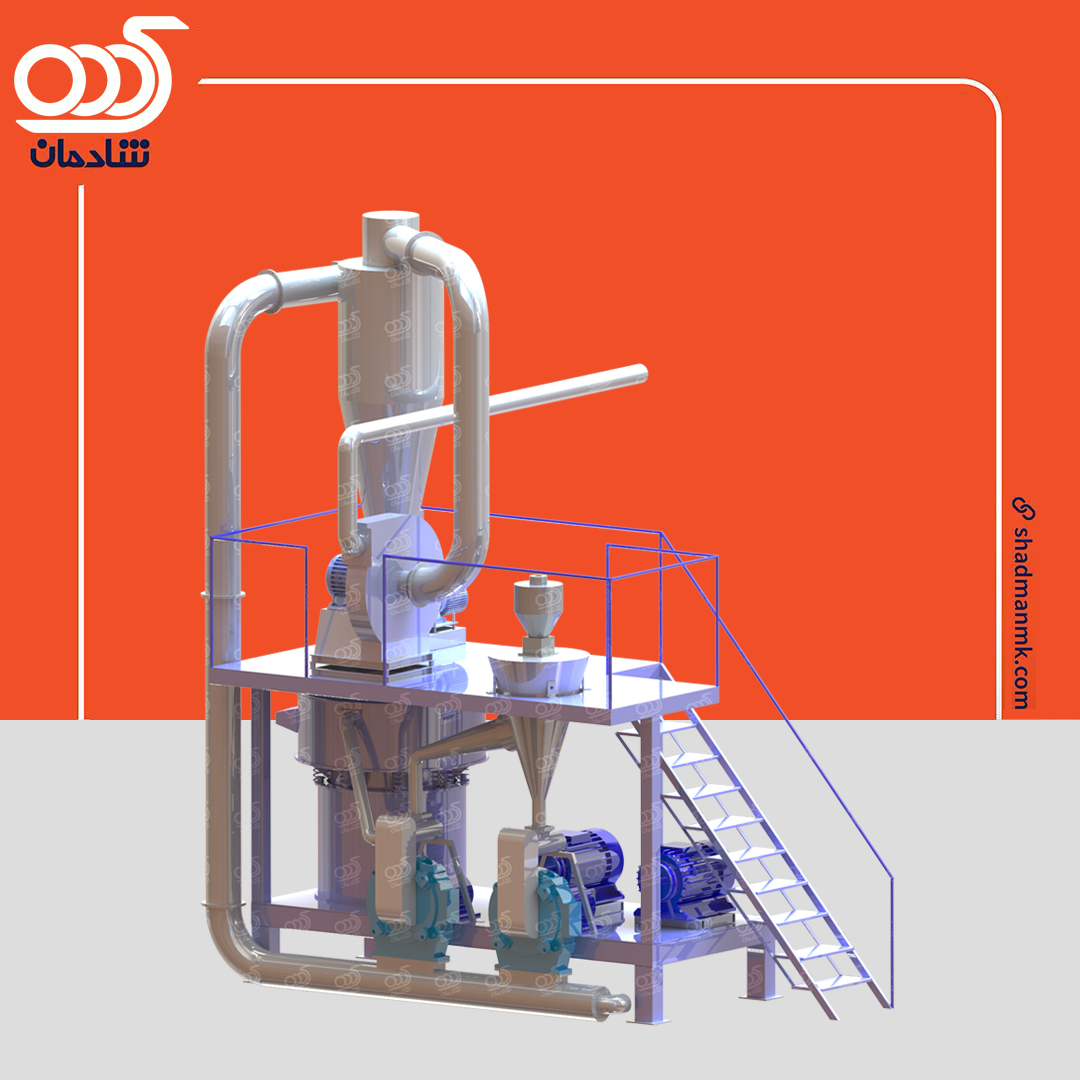Shadman company has the ability to build the smallest rotary molding machines (laboratory machines) to the largest rotary molding machines that humans have ever managed to build.
Rotary molding machines are made in different styles that we can make all of them. But note that the machine that was invented and registered by our collection and a large number of them are working in different places has a lot of simplicity, depreciation and energy consumption is much lower than other models and requires less labor, which in total product Produces with much higher quality at a much lower cost.
| Device model | Maximum molding | The amount of electricity required | Fuel consumption | Space required for installation | ||||
| K2000 | Diameter | Height | KW20 | Gas | Gasoline | length | Width | Height |
| K5000 | KW40 | * | * | |||||
| K10000 | KW50 | * | * | |||||
| K25000 | KW60 | * | * | |||||
| K30000 | KW70 | * | * | |||||
The machine control system can be changed as PLC and analog.
Rotational molding process is one of the plastic molding processes that is used at high temperature, low pressure and as an open mold to produce hollow, integrated parts without Residual waste. In this process, at the lowest cost, very complex shapes are produced with the least amount of waste. Rotational molding is done at atmospheric pressure and instead of using melting and injecting materials into the mold, the materials are melted inside the mold. In this process, powdered materials that can be molded are usually used for proper heat transfer in the mold.
Influential factors in this process are: temperature, molding time, cooling method and speed, mold rotation speed and rotation axes speed ratio.
- Charging
the mold is designed in the shape of the final product, reopened. and a certain amount of polymer material is loaded in powder or liquid form in the lower half of the mold.
- Heating
After closing the mold, the frame starts working and the mold rotates around two perpendicular axes inside the furnace. The heat transfer inside the furnace causes the powder to reach the melting temperature, begin to melt and cover the inner surface of the mold evenly.
- Cooling
The rotating mold enters the cooling station. When the mold is cooled by air flow or water spray, the polymer inside it also cools and the final piece is formed.
- Demolding
The machine stops moving and the final part comes out of it by opening the half of the mold.




